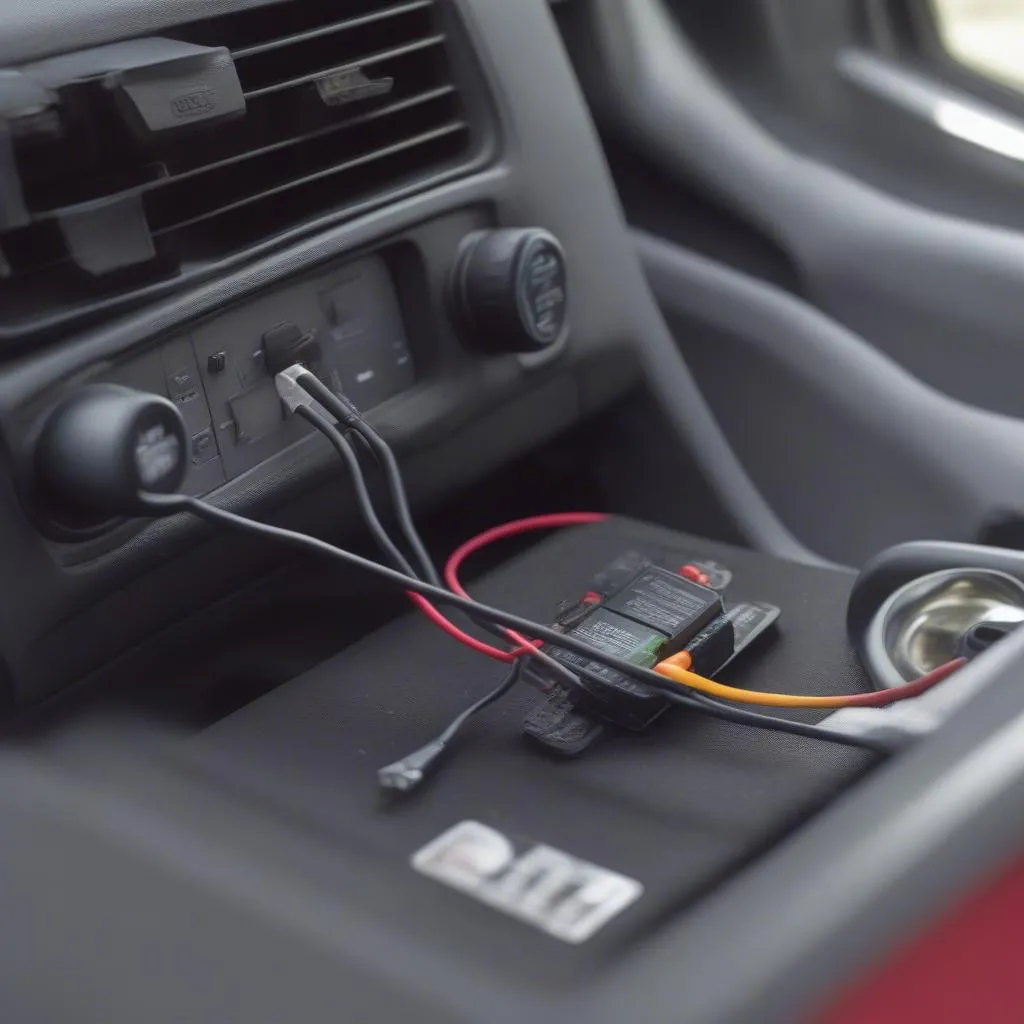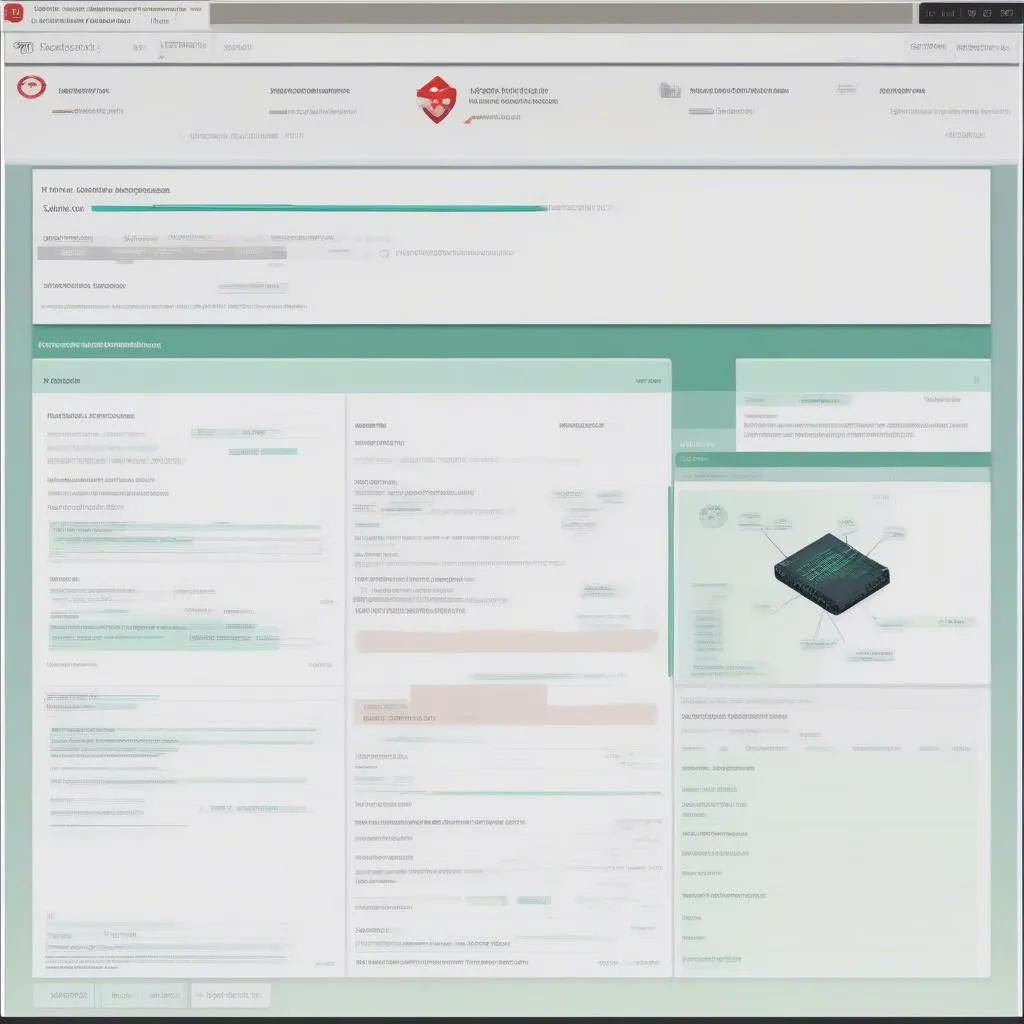Looking for a simple yet effective way to deter car thieves? Believe it or not, a basic timer can be a surprisingly powerful anti-theft tool when used right. While it might not be as sophisticated as a GPS tracker or immobilizer, a timer can add an extra layer of security that might just make a thief think twice.
The Logic Behind Using a Timer for Car Security
Thieves thrive on speed and predictability. Anything that disrupts their routine or adds complexity to their operation increases the risk of getting caught. Here’s how a simple timer plays into that:
Disrupting the Routine
Most car thefts involve a quick break-in followed by hotwiring the ignition. By wiring a timer to a critical circuit, you introduce an element of unpredictability. The thief might get the engine started only to have it die unexpectedly moments later, creating confusion and potentially scaring them off.
Increasing the Time Factor
Time is of the essence for a thief. Every second they spend trying to figure out your security measures increases their chances of being spotted and apprehended. A timer forces them to waste precious minutes troubleshooting, making your car a less appealing target.
Recognizing the Signs of Tampering
While a timer itself might not deter all thieves, it can buy you valuable time and potentially alert you to an attempted theft.
Gathering Your Anti-Theft Toolkit
Ready to add this simple yet effective security measure to your vehicle? Here’s what you’ll need:
- 12V DC Timer: You can find these at most hardware or electronics stores. Choose one with adjustable time settings for flexibility.
- Automotive Wire: Make sure the wire gauge is appropriate for the amperage of the circuit you’ll be interrupting.
- Wire Strippers/Cutters: For preparing your wires.
- Electrical Tape: For insulating connections and securing your wiring.
- Basic Hand Tools: Screwdrivers, pliers, etc.
- Circuit Diagram (Optional): This will help you identify the right circuit to interrupt.
 Car Timer Anti-theft Device
Car Timer Anti-theft Device
Installation Steps
Disclaimer: This guide provides general information. Consult a qualified automotive electrician for proper installation and to ensure compatibility with your vehicle’s electrical system.
- Identify the Target Circuit: Select a circuit essential for the engine to run, like the fuel pump, ignition system, or starter.
- Wire the Timer: Connect the timer’s “normally open” (NO) contacts in series with the target circuit. Consult your vehicle’s wiring diagram for guidance.
- Conceal the Timer: Place the timer in a discreet location, making it difficult for thieves to find and disable.
- Test the Setup: Before relying on this system, test it thoroughly to ensure it functions as intended.
FAQs about Car Security and Diagnostics
Q: What other simple anti-theft devices can I use?
A: Consider a steering wheel lock, a visible alarm LED, or even a simple “kill switch” that interrupts a vital circuit.
Q: Can diagnostic software help prevent theft?
A: While not a direct theft deterrent, professional-grade diagnostic software, such as those offered by Cardiagtech, can help identify vulnerabilities in your car’s security system and diagnose any issues post-tampering.
 Car Diagnostic Software Theft Prevention
Car Diagnostic Software Theft Prevention
Q: How can I get my car diagnosed for electrical issues?
A: If you suspect electrical tampering or need comprehensive diagnostics, seek assistance from a qualified automotive electrician or contact Cardiagtech for remote diagnostic and programming services.
Conclusion
While a timer might seem unconventional, its simplicity and unpredictability can make it a surprisingly effective deterrent against opportunistic car thieves. Remember, layering security measures is key to protecting your vehicle. For advanced diagnostics, programming, and peace of mind, explore the range of solutions offered by CARDIAGTECH.
